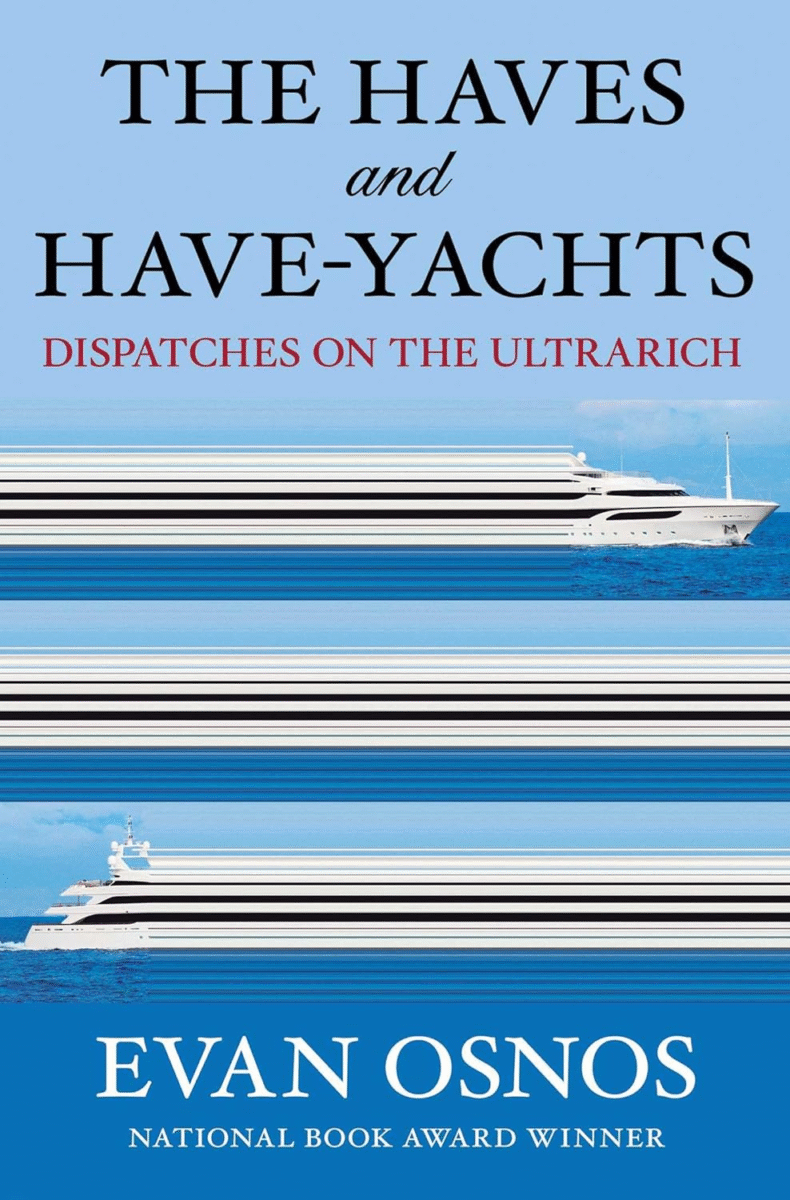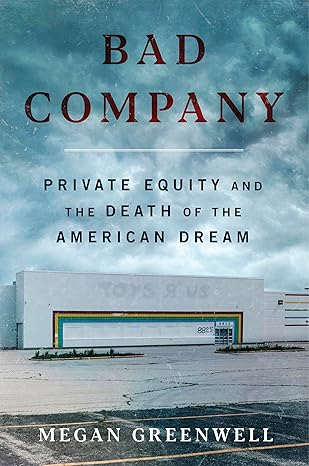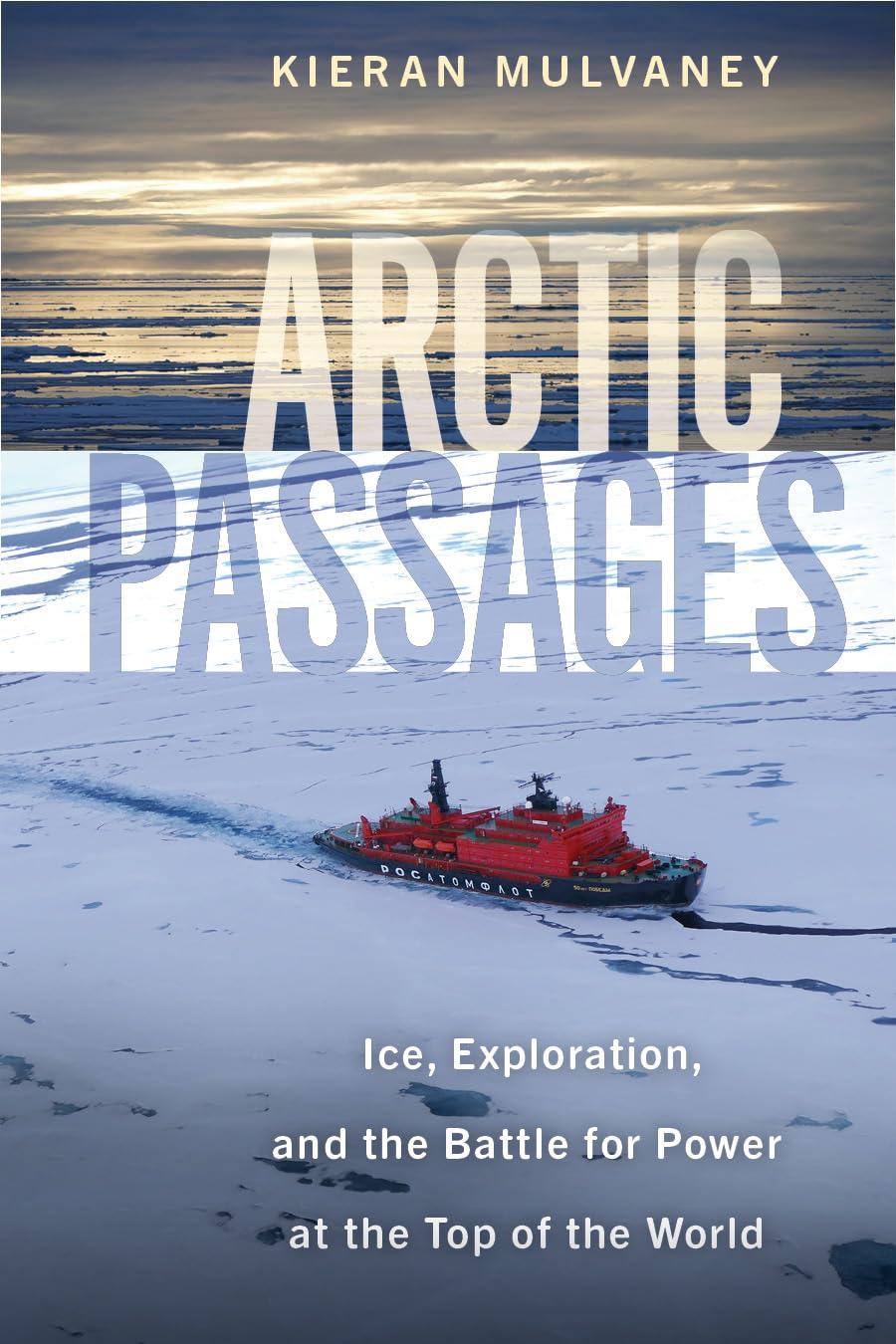
Book Bits: 14 June 2025

By purchasing books through this site, you provide support for The Capital Spectator’s free content… ● Arctic Passages: Ice, Exploration, and the Battle for Power at the Top of the WorldKieran MulvaneyReview via The EconomistIn “Arctic Passages” Kieran Mulvaney, a journalist, tells of how…
 ● The Haves and Have-Yachts: Dispatches on the Ultrarich
● The Haves and Have-Yachts: Dispatches on the Ultrarich
Evan Osnos
Interview with author via Marketplace.org
Currently, there are more than 3,000 billionaires in the world, and nearly one third of them are in the U.S. In the years between President Trump’s first and second inaugurations, 2016 to 2024, the wealth held by America’s billionaires more than doubled.
And yet, these ultra-high-net-worth individuals are something of a mystery to most of us. Average people could probably name a handful of them, such as Jeff Bezos, Mark Zuckerberg, or Warren Buffet, but their habits, their spending, or their values are something of an enigma.
So during those eight years, Evan Osnos, a staff writer for The New Yorker, was studying that population. The essays he wrote in that time have come together in his new book, “The Haves and the Have-Yachts: Dispatches on the Ultrarich.”
 ● Bad Company: Private Equity and the Death of the American Dream―An Exposé of Private Equity’s Devastating Impact on American Lives, Communities, and the Economy
● Bad Company: Private Equity and the Death of the American Dream―An Exposé of Private Equity’s Devastating Impact on American Lives, Communities, and the Economy
Megan Greenwell
Q&A with author via Vanity Fair
Q: I was grateful to you for writing a book about finance that doesn’t read like a book about finance. It’s about four people before, during, and after private equity came into their lives. Why did you want to structure it that way?
A: It was really important to show what came before private equity, because I think there’s an unfair line of critique that really blames them for everything. In the industries I focus on—retail, housing, health care, and local media—private equity didn’t create the problem. It’s important to draw that out and talk about the mistakes that those industry leaders made that ushered private equity in the door. On the other end, I felt like it was incredibly important to show efforts to build something new. I am not an activist. I did not want to write a prescriptive book, but I also didn’t want to write a book that was like: Man, this all sucks.
 ● Arctic Passages: Ice, Exploration, and the Battle for Power at the Top of the World
● Arctic Passages: Ice, Exploration, and the Battle for Power at the Top of the World
Kieran Mulvaney
Review via The Economist
In “Arctic Passages” Kieran Mulvaney, a journalist, tells of how the vanishing ice cap at the North Pole could make the holy grail for explorers past—the discovery and exploitation of new shipping lanes through the far north—more attainable. Before long, the Arctic Ocean could be free of ice in summer. That is opening up three possible passages for commercial vessels: the North-west Passage, which hugs Canada’s Arctic coast; the North-east Passage, along Russia’s Arctic coast; and the Transpolar route, which goes straight over the North Pole. Mr Mulvaney looks at each passage in turn, combining reportage with recollections of three voyages he made in those regions. A trip through the North-east or North-west passages from, say, the Netherlands to Japan would be thousands of kilometres shorter than ones via the congested Panama or Suez canals.
Please note that the links to books above are affiliate links with Amazon.com and James Picerno (a.k.a. The Capital Spectator) earns money if you buy one of the titles listed. Also note that you will not pay extra for a book even though it generates revenue for The Capital Spectator. By purchasing books through this site, you provide support for The Capital Spectator’s free content. Thank you!
Author: James Picerno
